The Daniel O’Connell Monument in Dublin: An Architectural and Historical Overview
The Daniel O’Connell Monument is an eminent structure located in Dublin, Ireland, prominently situated on O’Connell Street. This street, renamed in honor of Daniel O’Connell, reflects his significant contributions to Irish history. The monument was unveiled on August 15, 1882, marking a pivotal commemoration in the city’s landscape.
Historical Background
Daniel O’Connell (1775-1847), known as “The Liberator” or “The Emancipator,” was a formidable figure in Irish political history. He championed the cause of Catholic emancipation—including the right for Catholics to sit in the Westminster Parliament—and campaigned against the Act of Union between Great Britain and Ireland. His efforts culminated in the Catholic Emancipation Act of 1829, which was a significant milestone in the fight against religious discrimination in Ireland.
Design and Construction
The monument’s design and execution were managed by the renowned sculptor John Henry Foley, with the work completed posthumously by his assistant, Thomas Brock, after Foley’s death in 1874. The construction of this monumental tribute was initiated by a competition launched by Dublin Corporation, aiming to commemorate the centenary of O’Connell’s birth.
The structure is composed of several bronze sections set upon a granite plinth. At the apex stands the bronze figure of Daniel O’Connell, depicted at over twice life-size, overlooking the street. The base of the monument is adorned with four grandly scaled winged victories, each symbolizing a virtue attributed to O’Connell: courage, fidelity, patriotism, and eloquence.
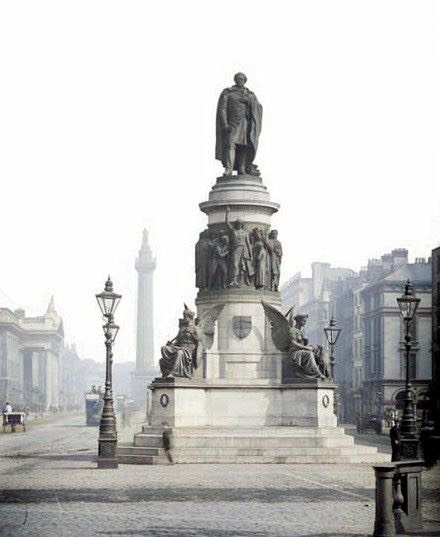
Symbolism and Features
Beneath O’Connell’s figure, the monument features a bronze frieze representing the people of Ireland, with nearly thirty figures that symbolize various societal elements such as the church, professions, arts, trades, and peasantry. Central to the frieze is the figure of Erin, or the Maid of Erin, who tramples upon chains and holds the 1829 Act of Catholic Emancipation, symbolizing the struggle for religious freedom.
Notably, the monument also bears the marks of Ireland’s turbulent history, with bullet holes visible from the unrest of the 1916 Easter Rising, adding a layer of historical depth to the structure.
Legacy and Significance
The Daniel O’Connell Monument not only serves as a tribute to one of Ireland’s most pivotal political figures but also acts as a focal point for public gatherings and a symbol of national pride. Its prominent location and striking design make it a key landmark in Dublin’s architectural and cultural heritage.
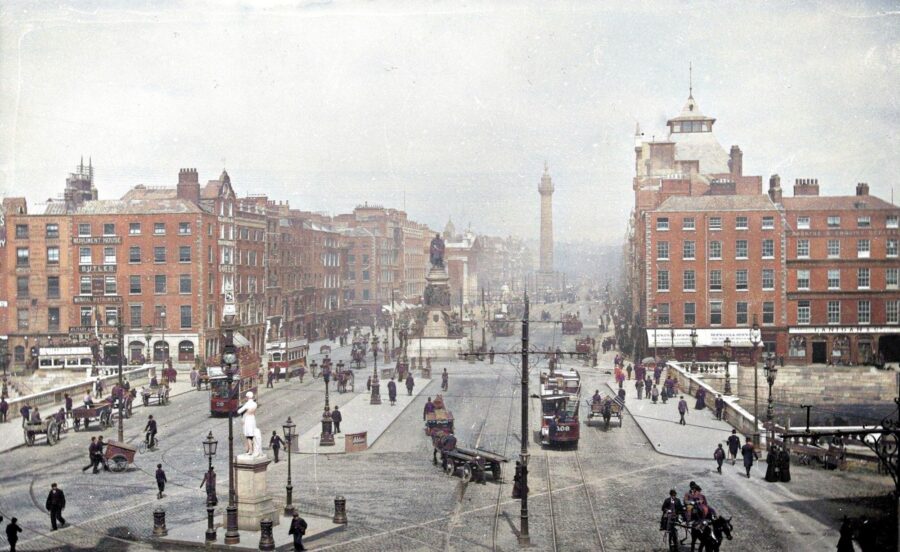


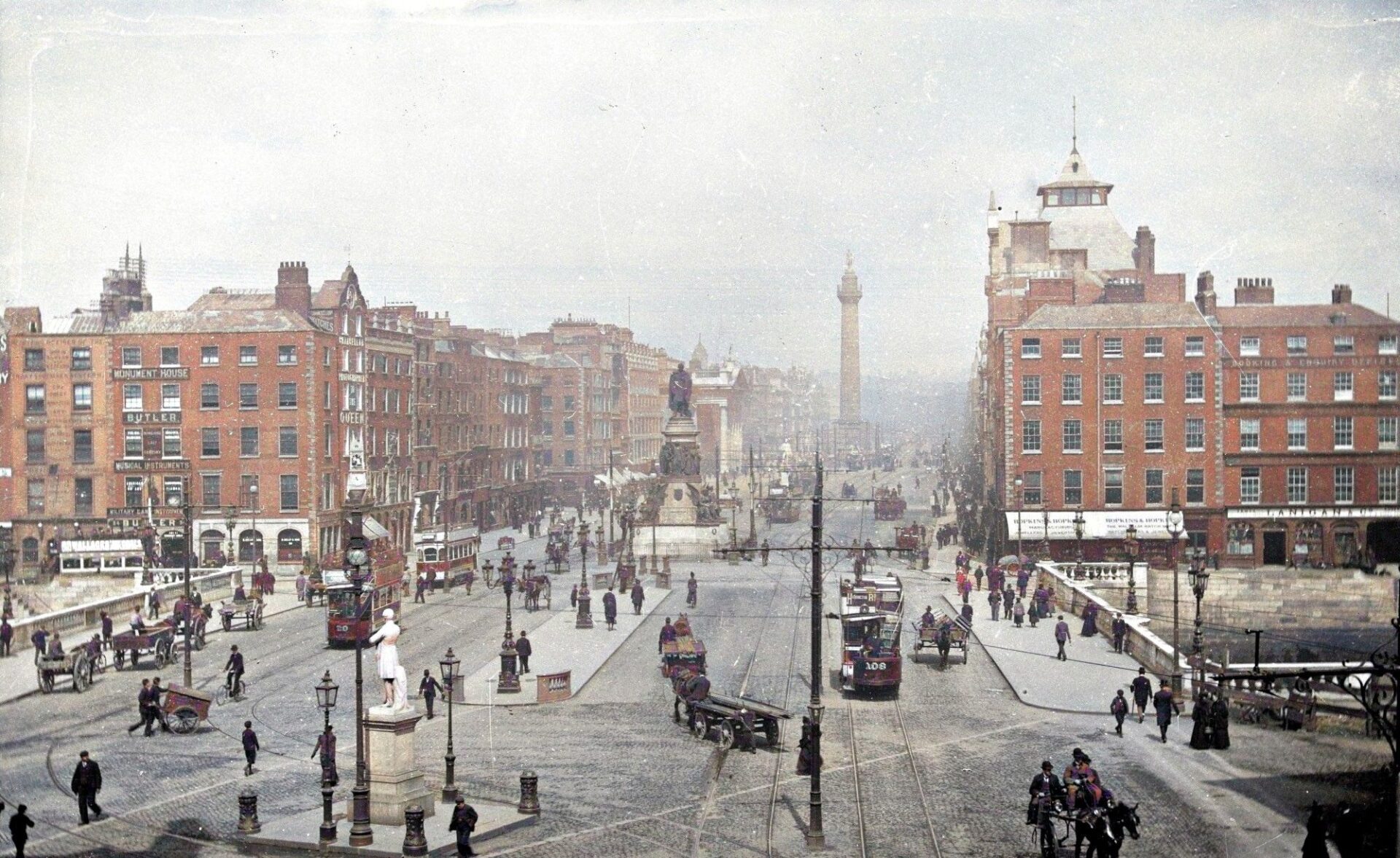
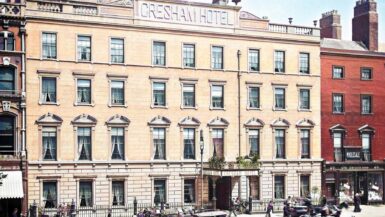
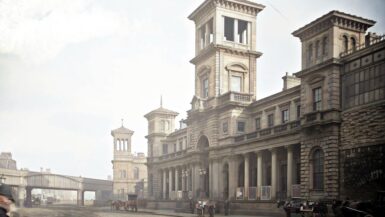
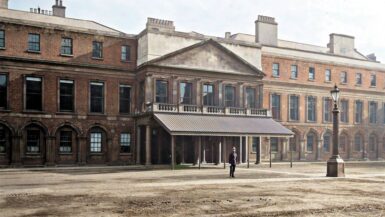
Leave a reply